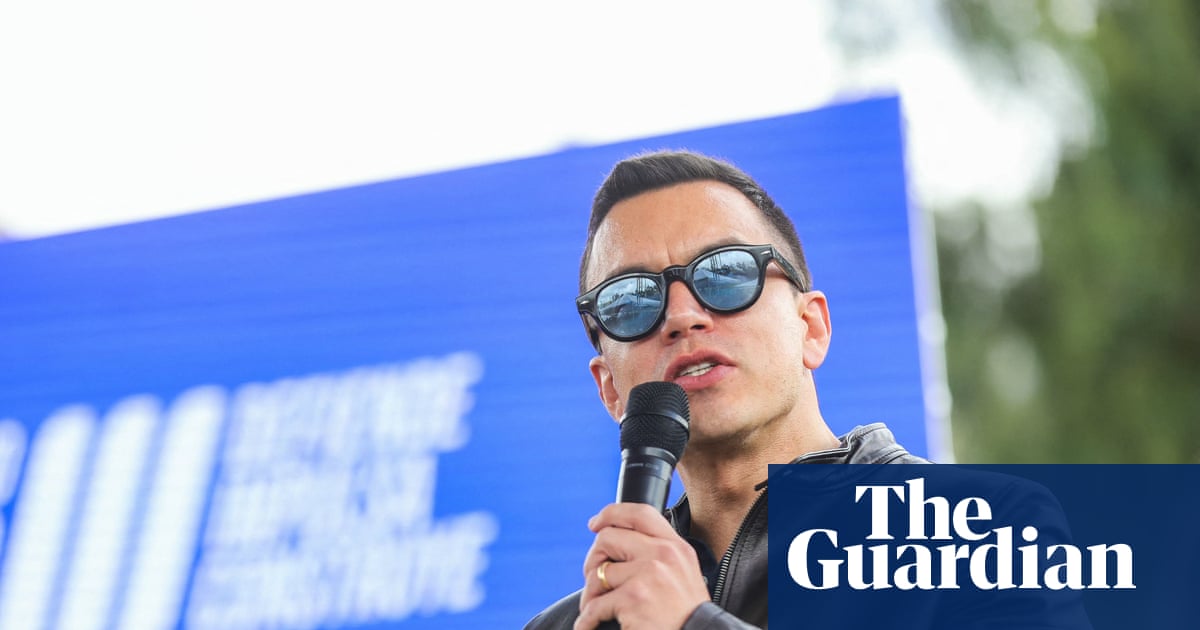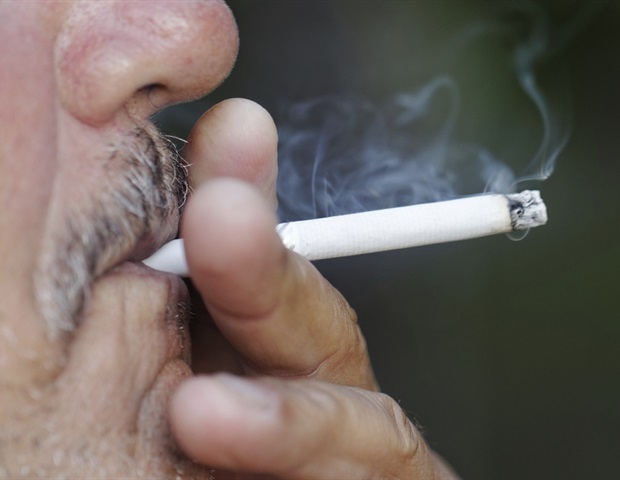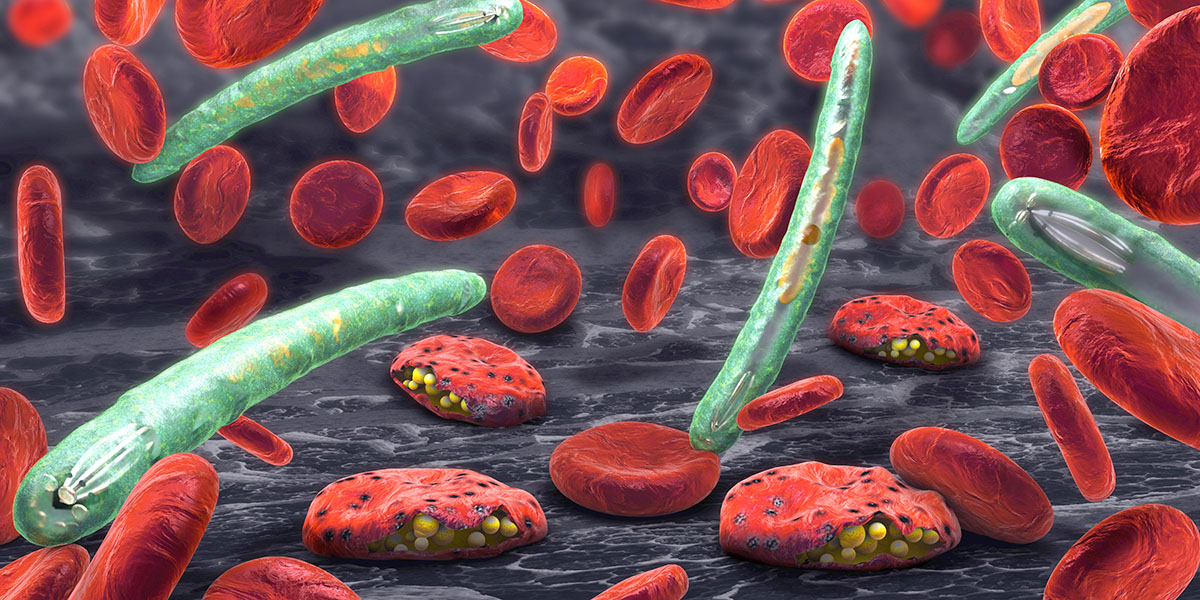Federal Parliamentary Affairs Minister Dr…
Blog
-

From Polypills to Comorbidities: New Studies Help to Advance Understanding of HF Risks and Treatments
Three newly published studies in JACC Journals examine key aspects of heart failure (HF): a multi-level polypill strategy for patients with HF with reduced ejection fraction (HFrEF); the impact of HF with preserved ejection fraction (HFpEF) on…
Continue Reading
-

Ecuador’s president unharmed after protesters attack his motorcade | Ecuador
Ecuador’s President Daniel Noboa has escaped unharmed after his motorcade was targeted by stone-throwing protesters and what one minister described as an “assassination attempt”.
Noboa was inaugurating a water treatment plant in central
Continue Reading
-

‘KPop Demon Hunters’ trio shine singing ‘Golden’ on Fallon
Ejae, Audrey Nuna and Rei Ami went up, up, up for their “Golden” moment on “The Tonight Show Starring Jimmy Fallon.”
The trio, who provide the singing voices for the animated “KPop Demon Hunters” central girl group Huntr/x, hit the…
Continue Reading
-
Here’s what Jony Ive and Sam Altman revealed about their secretive AI hardware project at OpenAI’s Dev Day – VentureBeat
- Here’s what Jony Ive and Sam Altman revealed about their secretive AI hardware project at OpenAI’s Dev Day VentureBeat
- Legendary Apple designer Jony Ive wants to fix our relationship with the phones he helped create—and has up to 20…
Continue Reading
-

Smoking and sex found to shape early cellular changes linked to bladder cancer
Bladder cancer is one of the most common cancers worldwide. Men are around four times more likely to develop it than women, and smoking is the main known environmental risk factor. However, the biological mechanisms behind these…
Continue Reading
-

AI-designed biomarker improves malaria diagnostics
The malaria parasite Plasmodium vivax can persist in a dormant state, causing relapsed infections and ongoing transmission. To detect possible dormant infections, clinicians use a diagnostic test containing parasite proteins, such as…
Continue Reading
-
Industrial regions key to lower emissions, cheaper energy, stronger grid, new report shows
Slashing emissions by two-thirds while saving industries millions each day and cutting peak wholesale prices by up to 60 per cent – these are the opportunities revealed in a new Climateworks Centre report into Queensland’s industrial heartland, Gladstone.
The report from Monash University’s Climateworks reveals that Gladstone could unlock these opportunities by switching to cleaner heat sources while using flexible energy demand management. Together, these shifts could make industry cleaner, cheaper to run and more reliable, without compromising productivity.
Dr Calvin Lee, report lead author and Climateworks Centre Senior Project Manager said the findings highlight the crucial role Australia’s biggest industrial emitters have to play.
‘Managing when we use energy to produce heat in Australia’s high-emitting industrial heartlands is key to cutting emissions, power prices and strengthening the grid,’ said Dr Lee.
REPORT KEY FINDINGS INCLUDE:
- Flexible energy demand management could save Gladstone’s industries $3 million per day in operating costs and slash demand at current peak periods by two gigawatts.
- Gladstone’s industrial emissions could be cut by almost two-thirds, 66 per cent, with a switch to low-emissions heat. More ambitious renewable energy plans could see an even greater reduction of nearly 80 per cent.
- Electrifying Gladstone’s industries flexibly, such as shifting power use to off-peak times or storing industrial heat, could provide 4.4 gigawatts of flexible power by 2040, equivalent to three of Queensland’s largest power stations. This would double Australia’s current ability to stabilise the energy grid.
- Electrifying Gladstone’s industries and adding heat storage could cut wholesale electricity prices by as much as 60 per cent.
‘Right now Australia’s biggest lever in an energy emergency is increasing supply and turning on expensive coal and gas. Demand management – allowing industries to shift power use up and down like a giant battery – would add another much-needed emergency tool to the nation’s toolbelt. It’s the missing flexibility piece that can help secure the wider grid.’
Alex Veale, Systems Lead – Industry at Climateworks Centre said that the solutions are ready and industries want to get moving, but government support is the crucial next step.
‘Funding at both state and federal levels can help kickstart the shift by sharing some of the financial risks.’
‘We’ve seen this before. A decade ago government support jump-started large-scale solar. Today it attracts around $4 billion in private investment yearly and is one of Australia’s fastest-growing energy sources.’
‘The benefits and opportunities go well beyond Gladstone,’ added Mr Veale.
‘Industrial regions across the country can save a tonne of money, future-proof themselves and the communities they support, while also delivering benefits to the broader grid and Australian consumers.’
‘This is massive when you consider that just five industrial regions – Gladstone, Illawarra, Hunter, Kwinana and the Pilbara – account for one-eighth of Australia’s emissions, support close to half a million jobs and contribute $166 billion to GDP,’ he said.
Access the report
Media enquiries
Continue Reading


